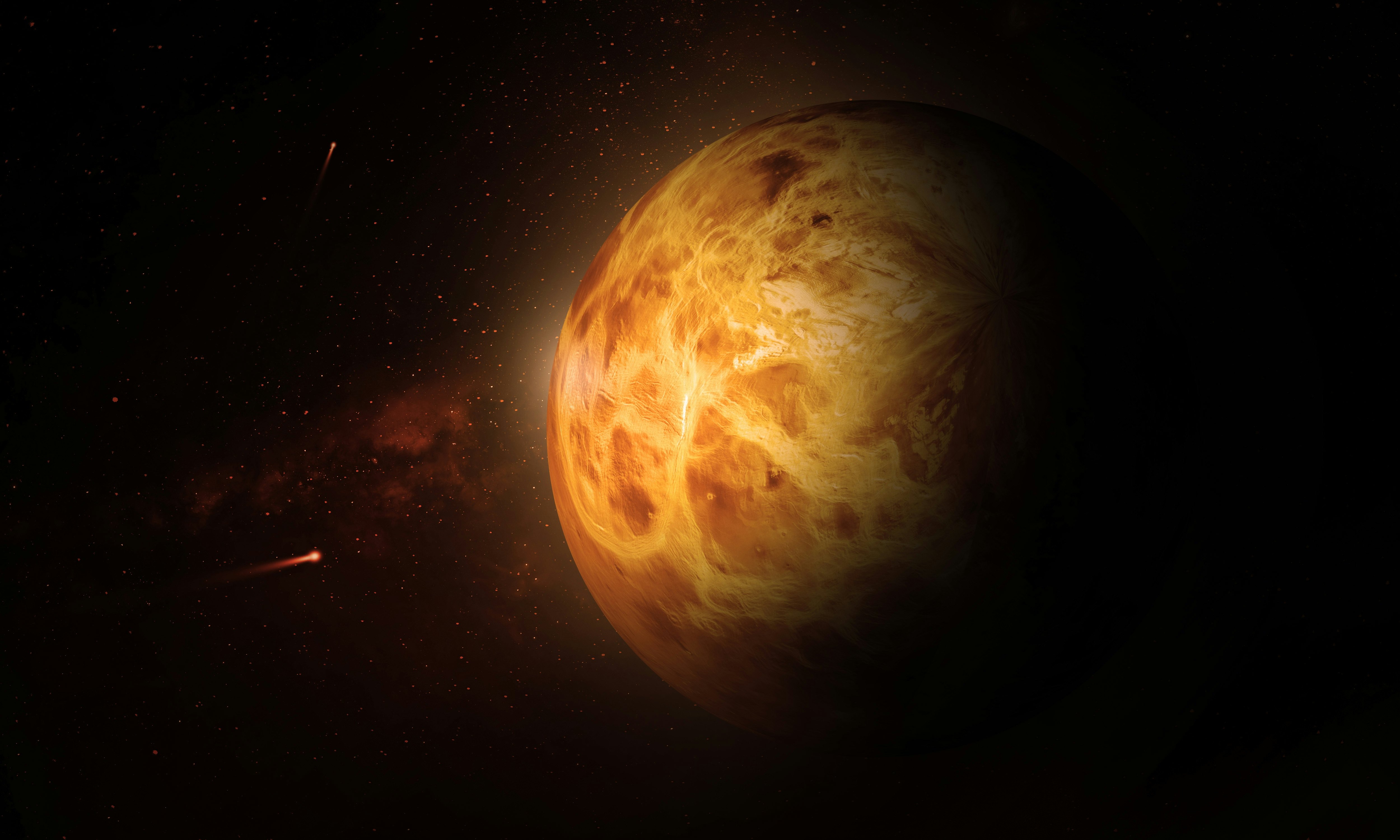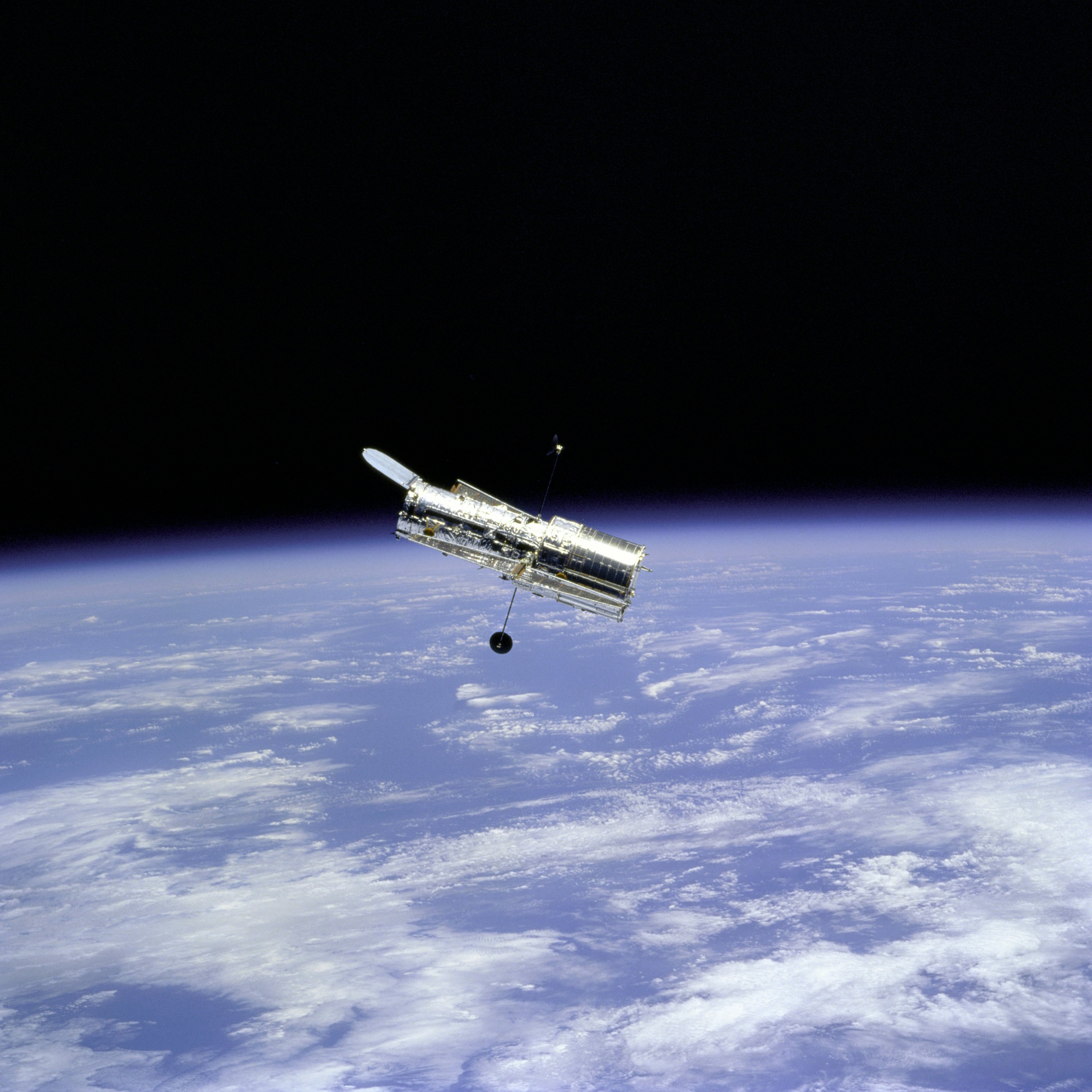
After Earth, Mars is the planet we all can’t get enough of it seems. In terms of how readers respond to news about these celestial orbs, I’d rank Jupiter third and Pluto (not even a planet!) fourth, and Planet 9 (a theoretical unproven planet!) fifth in terms of piquing the interest of the general public. What is your favorite planet in the Solar System? Personally, I think Venus deserves a moment in the spotlight — and soon, it could get its due.
This is an adapted version of the Inverse Daily newsletter for Thursday, June 9, 2022. Subscribe for free and learn something new every day.
NASA is sending a mission to study Venus — a probe that ultimately could kickstart a fresh decade of scientific research on another planet in the 2030s. You can read about that mission and more in today’s Inverse Daily. #TeamVenus!
NASA’s DAVINCI mission could start a scientific renaissance on Venus
NASA plans a return to Venus in 2030, including an atmospheric probe and two orbiters that could revolutionize our understanding of our sister planet.
The DAVINCI+ mission will perform two flybys of Earth’s sibling to nestle into the right position to drop a probe carrying a camera towards its Texas-sized land formations through the cloud layers of Venus on a third pass. The space agency hopes to set in motion a new chapter of Venus exploration, adding pieces to the puzzle of if Earth and Venus were once more alike than they are now. In the process, it could reveal if life may have once — or still does — survive in this cauldron-esque environment.
Humanity’s first interplanetary destination was Venus, which NASA first successfully studied in 1962 via its Mariner 2 spacecraft.
Venus has been a frequent first stop for probes that go on to explore the rest of the Solar System since 1973. As missions to Mercury, Jupiter, Saturn, and the Sun use the planet to course-correct via gravity assists, they’ve often made quick scans of their swing-dancing partner Venus.
But it’s hard to narrowly focus in on this planet. Venus has too much of almost everything perilous, boasting a runaway greenhouse effect, acidic droplets in its sky, temperatures about twice as hot as a household oven, and atmospheric pressure about 90 times higher than at the surface of the Earth.
Here’s how they plan to do it.

What you need to know about the monkeypox virus
Don’t panic. Since early last month, officials have been watching an uptick in cases of the monkeypox virus around the globe. While the virus is endemic in countries in central and west Africa, it’s now been detected in over 29 nations where it’s not typically found.
As of June 8th, there have been more than 1,000 cases in non-endemic countries, according to WHO Director-General Tedros Adhanom Ghebreyesus. In the United States, there are 33 confirmed cases, appearing in Arizona, California, Colorado, the District of Columbia, Florida, Georgia, Hawaii, Illinois, Massachusetts, New York, Pennsylvania, Texas, Utah, Virginia, and Washington. No deaths have been reported in non-endemic countries, but on the continent of Africa, where the virus is more prevalent, there have been 1400 cases and 66 deaths this year, according to the WHO.
Public health officials have been stumped by both the high number of monkeypox cases popping up in countries where the virus is not endemic as well as the unusually high number of mutations found in the viruses that virologists have sequenced. More research needs to be done to definitively determine what, if any, impact these mutations have on the trajectory of these outbreaks, or what other factors could be contributing to the high case rate.
Here’s what we know and don’t know about monkeypox and the current outbreaks.

Repeating fast radio burst doesn’t seem to have an off-switch
Fast radio bursts (FRB) are powerful pulses of energy that come from far away in the universe and whose causes are still mysterious. Many FRBs are seen just once, but this one, named FRB 20190520B, flashes over and over again, in seemingly random bursts. Not only were the astronomers able to pin down an exact location for the FRB, but they say the signal contains exciting clues to its origin.
FRB 20190520B was first seen in 2019 by astronomers working with the Commensal Radio Astronomy FAST Survey (CRAFTS), which scans the sky for radio waves using a giant telescope called the Five-hundred-meter Aperture Spherical radio Telescope (FAST), which is 1,600 feet in diameter built into a natural bowl in southwestern China.
In one scan, they found four quick spikes of radio waves coming from the same place in the sky, spread out across just 24 seconds. Follow-up observations from the telescope found many more of these bursts in the same location. The astronomers were able to wrangle observations from other telescopes around the world to get a better look at where they were coming from. An international team of researchers reported the find in a paper published in the journal Nature.

Peep this! The Hubble telescope just took its largest infrared image ever
Astronomers took the largest infrared image that NASA’s Hubble Space Telescope has ever produced.
The veteran space observatory peered into the Sextans constellation to view objects within the extensively-studied COSMOS field like never before. A research team at the University of Toronto in Canada used the high-resolution 3D-DASH survey program to view this area to learn more about objects like gargantuan galaxies that far dwarf the Milky Way.
The resulting scan covers a region roughly six times the size of the Moon in the sky. You can watch an animation showing how they stitched together multiple images here.
“I am curious about monster galaxies, which are the most massive ones in the universe formed by the mergers of other galaxies. How did their structures grow, and what drove the changes in their form?” astronomer Lamiya Mowla, who led the 3-D DASH survey, stated in the university’s Monday announcement of the picture.
Galactic crashes are “extremely rare events,” making them hard to study using existing images, Mowla said. Their approach is to essentially cast a wide net in the hopes of collecting a unique observation that moves the science along.

About this newsletter: Do you think it can be improved? Have a story idea? Want to share a story about the time you met an astronaut? Send those thoughts and more to newsletter@inverse.com.
- On this day in history: On June 9, 1781, the engineer George Stephenson was born in Northumberland. Stephenson invented the railroad locomotive. He also invented a safety lamp for use in mines, a perilous place to work in the 19th century.
- Song of the day: “Train in Vain,” by The Clash.







